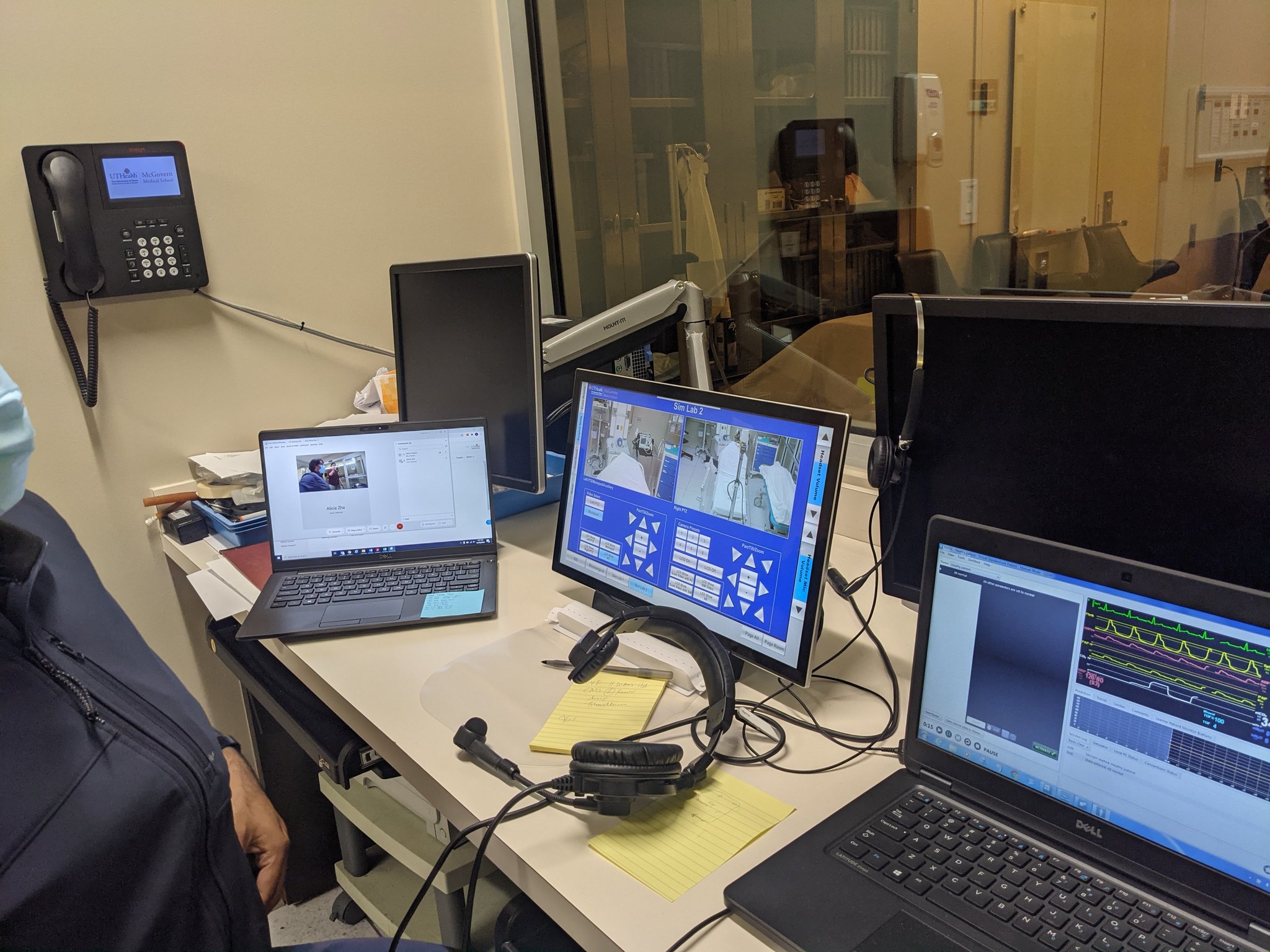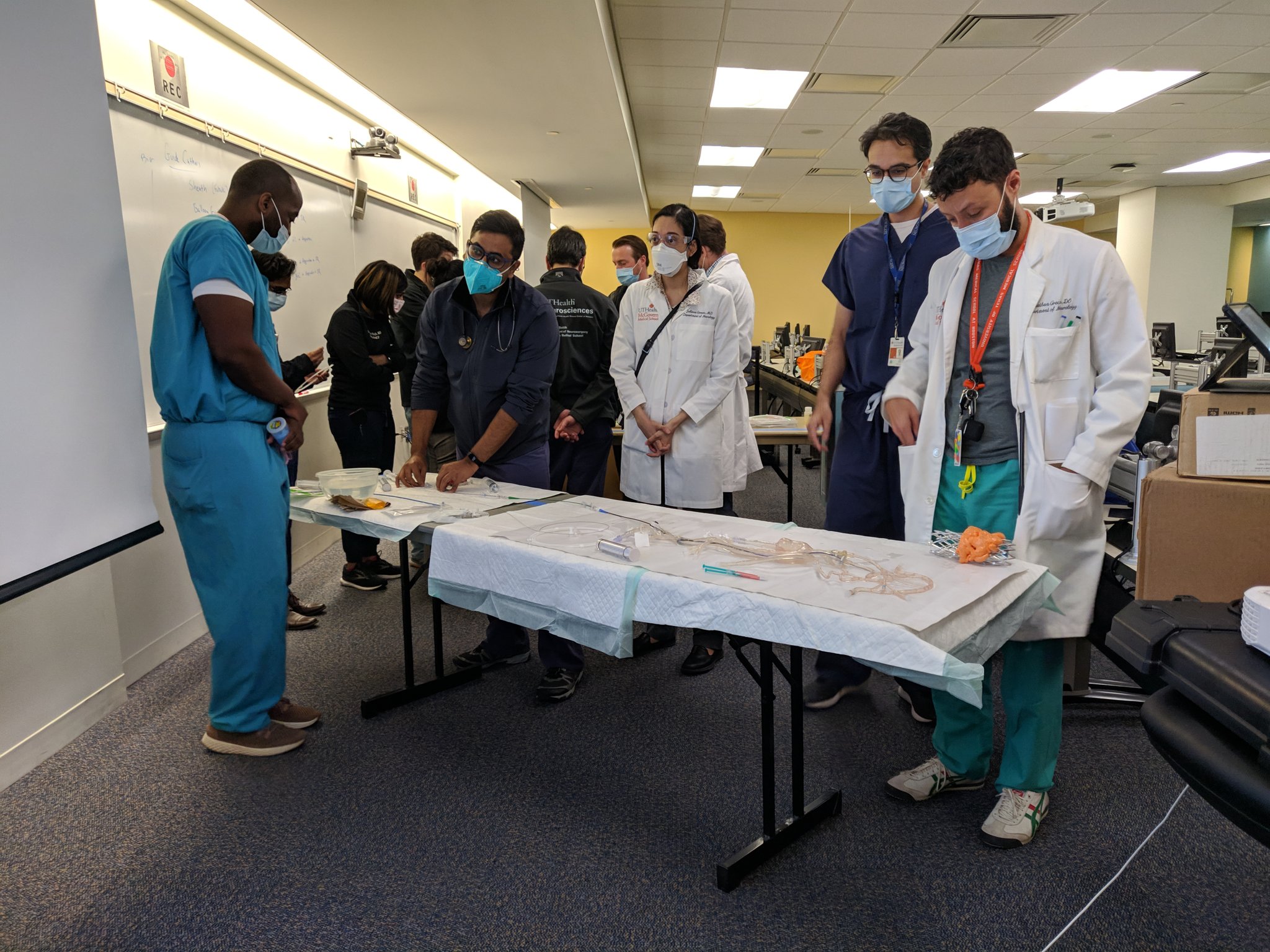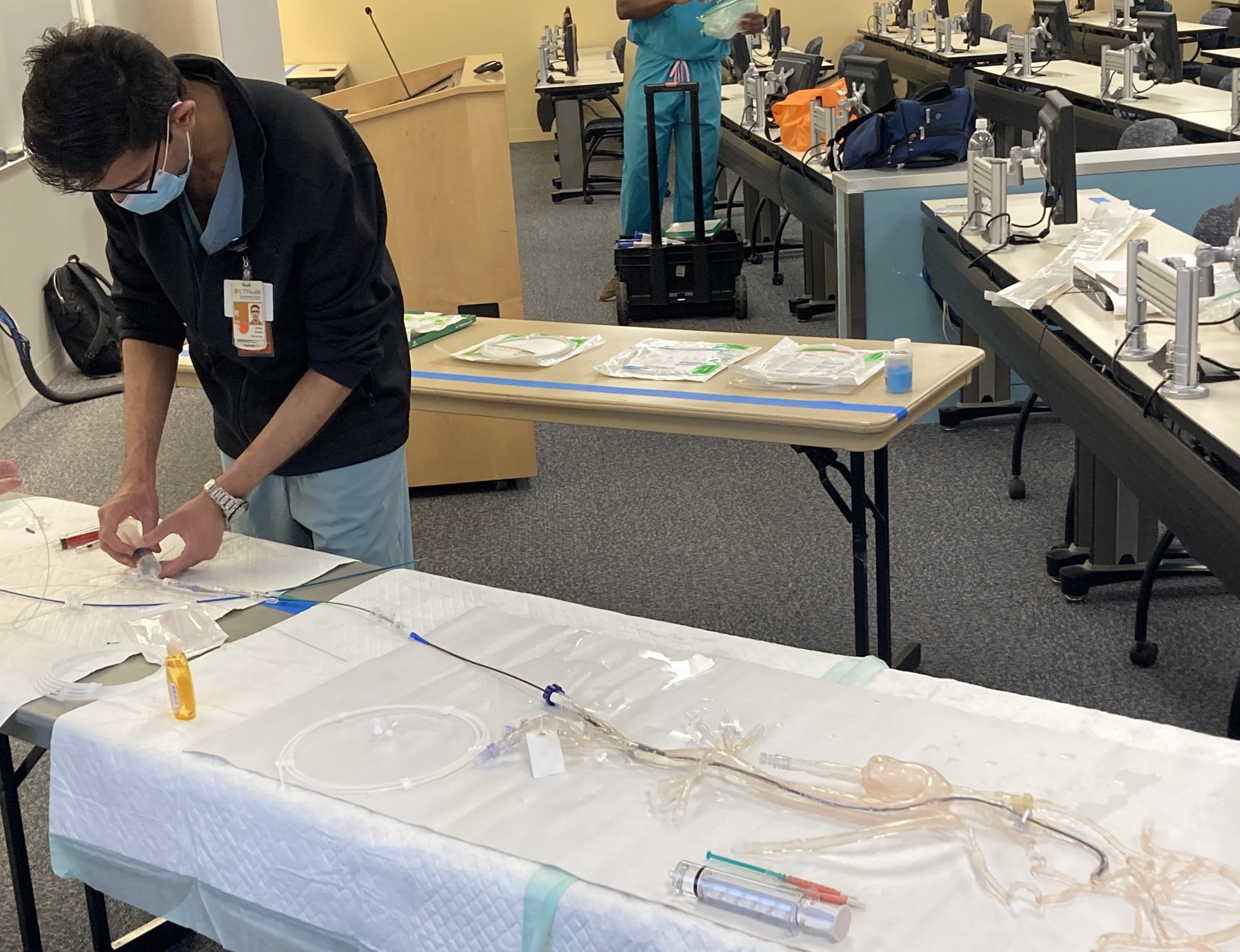Simulation training among stroke teams has shown to improve the delivery of tPA by reducing door to needle times. Our Neurology residents are on the front lines of seeing acute stroke patients and new residents receive training in proper NIHSS examination and indications for thrombolytic delivery prior to taking their first calls in the Emergency Department for stroke codes. Our stroke code simulations are part of a series of courses to educate neurology residents on giving tPA and running stroke codes. In our stroke code simulations, we provide our new neurology residents with an experiential learning environment to take the abstract conceptualization of a stroke code into concrete experience. During our sessions, residents learn effective team communication using the the TEAM STEPPS blue print, how to minimize adverse events with crew-resource management training, and how to troubleshoot during a stroke code. The ultimate goal is reinforcing the importance of "time is brain" and deliver fast, effective, and safe care to our stroke patients.

Trainees practice telestroke with simulation lab.



Dr. Sunil Sheth, co-director of the UTHealth Vascular Neurology fellowship program, leads thrombectomy treatment practice with residents and fellows.
